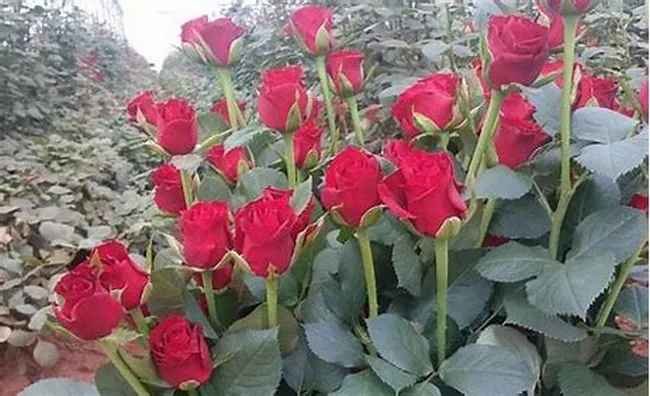Decreased Export Volumes
Rwanda has experienced a drop in flower export volumes due to the ongoing Russia-Ukraine conflict. This disruption has impacted sales at the Aalsmeer Flower Auction in Amsterdam, a key market for Rwandan flowers.
Export Figures Drop
According to the National Agricultural Export Board (NAEB), Rwanda’s flower exports decreased from 1,130,243 kilograms in the 2021/2022 fiscal year to 845,848 kilograms in 2022/2023, marking a 25 percent decline.
The downward trend continued into the 2023/2024 fiscal year, with exports plummeting further to 381,933 kilograms—a 54.9 percent decrease from the previous year.
Impact of the Russia-Ukraine War
Jean Bosco Mulindi, Emerging Commodities Division Manager at NAEB, attributed this significant drop to the Russia-Ukraine war. He explained that Russia and Ukraine are major buyers of Rwandan flowers through the Amsterdam auction. The ongoing conflict has severely disrupted these sales.
Exploring New Markets
In response to the decline, Rwanda is seeking alternative markets. Mulindi noted that the United Kingdom’s recent decision to suspend export tariffs on flowers from East Africa, including Rwanda, could provide some relief. The UK announced this suspension on April 11, 2024, effective until June 30, 2026, benefiting Rwanda and other East African flower-exporting countries.
Horticulture Revenue Increase
Despite the drop in flower exports, Rwanda’s total horticulture revenue saw a significant increase. For the 2023/2024 fiscal year, revenue from horticulture, which includes vegetables, fruits, and flowers, rose to USD 79.2 million from USD 58 million in the previous year. This growth was driven by increased export volumes of vegetables and fruits.
Vegetable exports rose from 51.7 million kilograms to 63.3 million kilograms, while fruit exports jumped from 22 million kilograms to 38 million kilograms.
Future Outlook
Mulindi attributed the improved horticulture performance to the exploration of new markets, an increase in the number of exporters, and better quality and quantity of production. He projects that total horticulture revenues will grow by 5 percent by the end of 2024.


